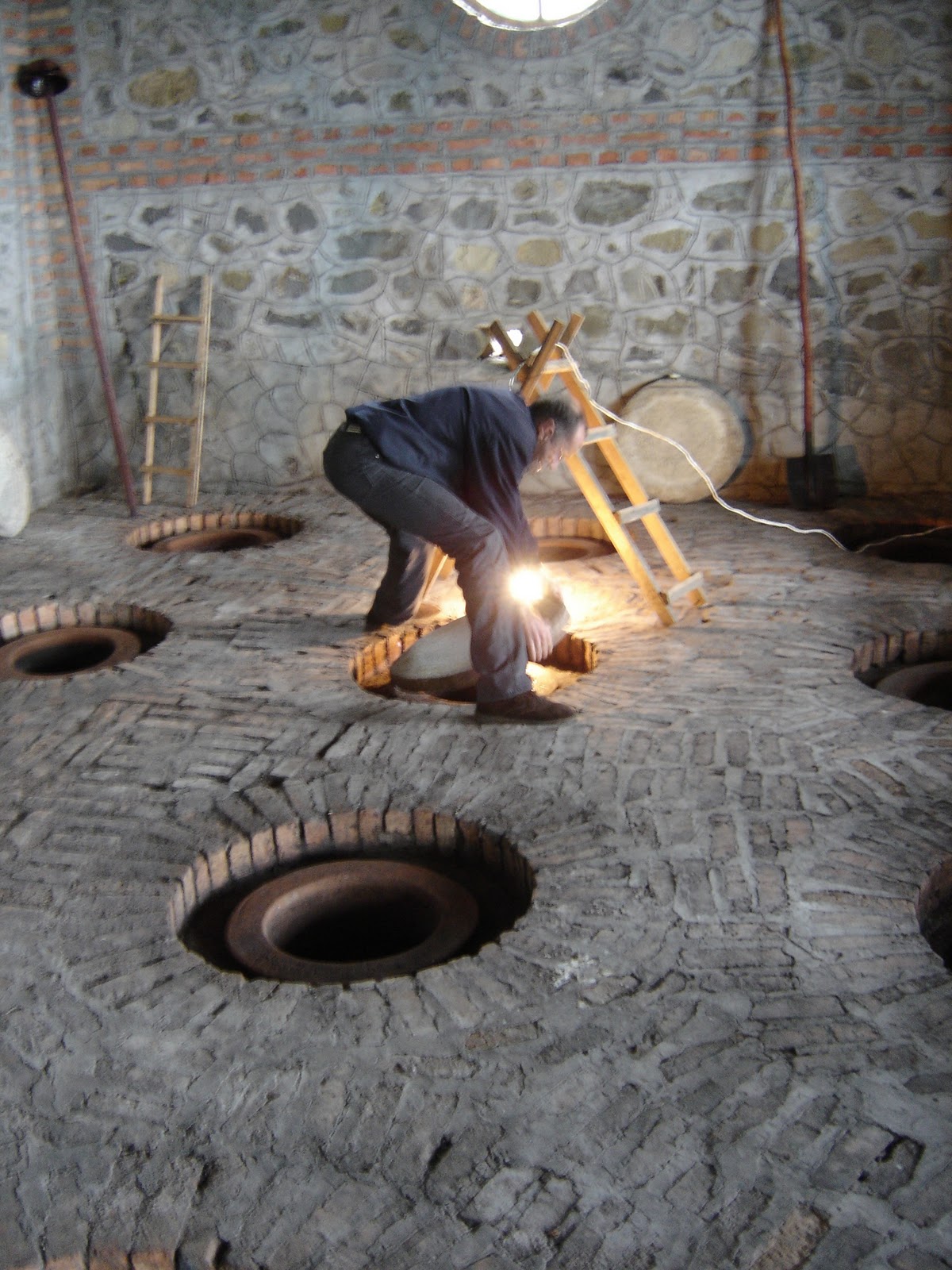Exciting Croatia (5): best of the rest
In the last article of my series on Croatia, my best hits out of 200 tasted at the Zagreb Vino wine salon: Plavac and Babić from Dalmatia and a stunning skin-contact Malvazija from Istria.
In the last article of my series on Croatia, my best hits out of 200 tasted at the Zagreb Vino wine salon: Plavac and Babić from Dalmatia and a stunning skin-contact Malvazija from Istria.
My next stop in Croatia: Plešivica, a cool inland hilly zone close to Zagreb, the Croatian capital. Very individual wines including one from amphora!
 |
| Quality inspection in an amphorae room, Kakheti, Georgia. |
This wine is presenting all the characteristics of an amphora white in high intensity: the colour is a deep orange-amber, there is little direct fresh fruitiness on the nose but a lot of complexity and intensity: apple skins, dried apricots, quince and peach preserve, cinnamon, cloves, pepper, vanilla, and a lot of raisins. What is really interesting here is how this distinguishes itself from other amphora whites: instead of rustic phenolic oxidativeness it is showing very balanced and actually elegant, with a silky, even texture and satisfactory freshness (not easy to achieve in the style), clean, juicy and mildly mineral where many similar wines are rough, fruitless and alcoholic. This wine is not a curiosity but a fully valid bottle – surely made in an ‘alternative’ style but without sacrificing drinkability and a sense of linearity. I’m a big fan of Georgian wines, and I love to try an amphora white when I have the occasion. This might be one of the best wines I’ve had in both departments.
 |
| Grape harvest underway in Kakheti, Georgia (September 2005). |
This post also appears in Hungarian on A Művelt Alkoholista.